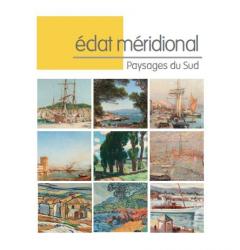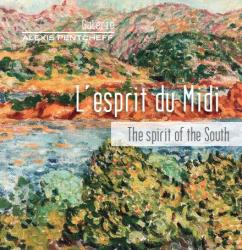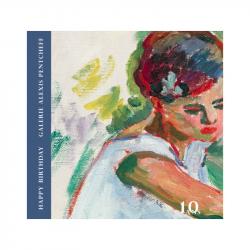Louis Valtat was born in Dieppe in 1869. His family then moved to Bernay, a small village in the Eure region, where his mother was born. A few years later, in 1880, the Valtats decided to settle in Versailles.
While his father François Victor Valtat, a shipowner and painter, exhibited at the first Salon des Indépendants in 1884, the young man entered the Ecole des Beaux-Arts in Paris in 1886, in the workshops of Jules Lefebvre and Gustave Boulanger. The following year, he chose to continue his training at the Académie Julian, under the direction of Jules Dupré; there he met his future friends Pierre Bonnard and Albert André.
In 1889, he exhibited for the first time at the Salon des Indépendants. He made numerous trips to Banyuls and Collioure where he met Aristide Maillol. He also went to Spain, to Arcachon, then to Agay and Anthéor with his wife Suzanne. Although Louis Valtat was often present at contemporary retrospectives devoted to Fauvism, the connection between his work and this aesthetic is more nuanced today.
The Mediterranean coast that he discovered in the early 1890s, joining Edmond Cross near Le Lavandou, had a lasting impact on his work. In poor health, he spent his winters until 1914 at Roucas-Rou, the house he had built there and which dominated the cliff. He then produced a series of seascapes dedicated to Agay, which were shown for the first time at Durand-Ruel, on the occasion of a group exhibition initiated by Paul Signac.
In 1904, works inspired by the site still constitute the majority of the paintings in Valtat's first solo exhibition at the Vollard Gallery. Renoir and Signac were among the first buyers. Anchored in tradition and innovative at the same time, Valtat's work gives rise to ambiguous interpretations. He was no more a Fauve than a Nabi, although he frequented Pierre Bonnard, Edouard Vuillard and Félix Vallotton at the Académie Julian. This uncertainty as to the artist's positions is increased by the fact that he left no writings that could shed light on them.
Valtat appears as elusive, often realizing on the canvas the synthesis between elements that one thought antinomic. Elements that an instinctive sensitivity seizes in flight, thanks to a spirit that one guesses is curious and open to experimentation. He thus reconciles an incredible power of execution with a decorative will totally assumed and which characterizes a great part of his work. The views of Agay, in particular, become a repetitive motif in which the artist uses a range of colors more and more restricted (blue, green, red). Valtat integrates at the same time, and almost randomly in his works, a flattening of the form inherited from Japonism, a directional treatment of the touch observed by the impressionists and revisited by divisionism and pointillism, a use of pure color dear to the Fauvists...
Through these instinctive experiments, Louis Valtat participated above all in the coherence of a transition between the Impressionist tradition and the emergence of Fauvism. He intervenes in the genesis of the movement, without however committing himself to it, by creating a sort of link between different tendencies, which intrigues and fascinates several of his contemporaries.
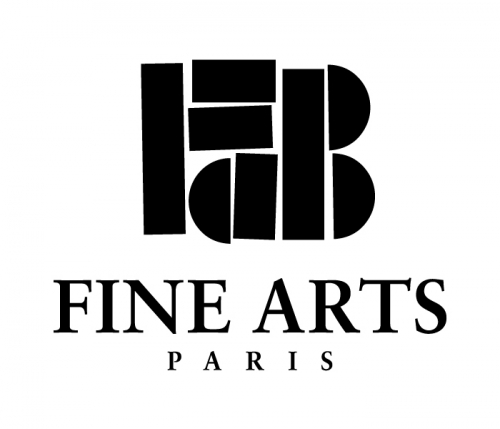
FAB PARIS 2025
20 September 2025 - 24 September 2025
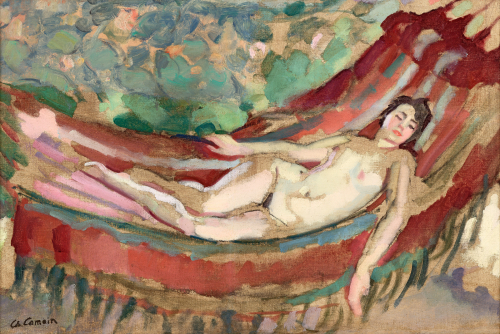
BRAFA 2023
28 January 2023 - 5 February 2023
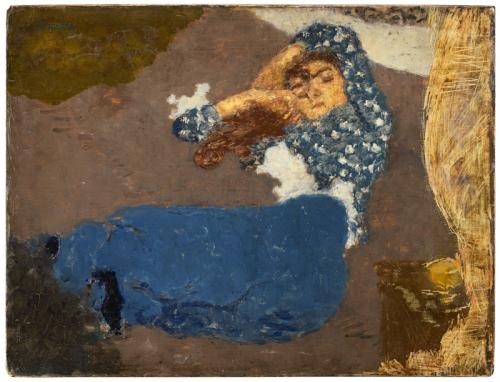
BRAFA 2020
26 January 2020 - 2 February 2020
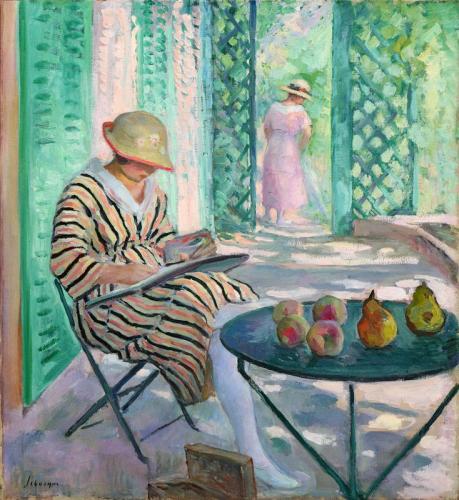
L'Esprit du Midi
24 January 2015 - 1 February 2015
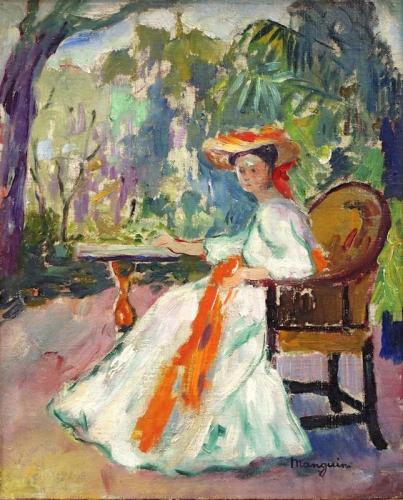
Fauvisme et modernité en Provence
15 February 2014 - 15 March 2014

